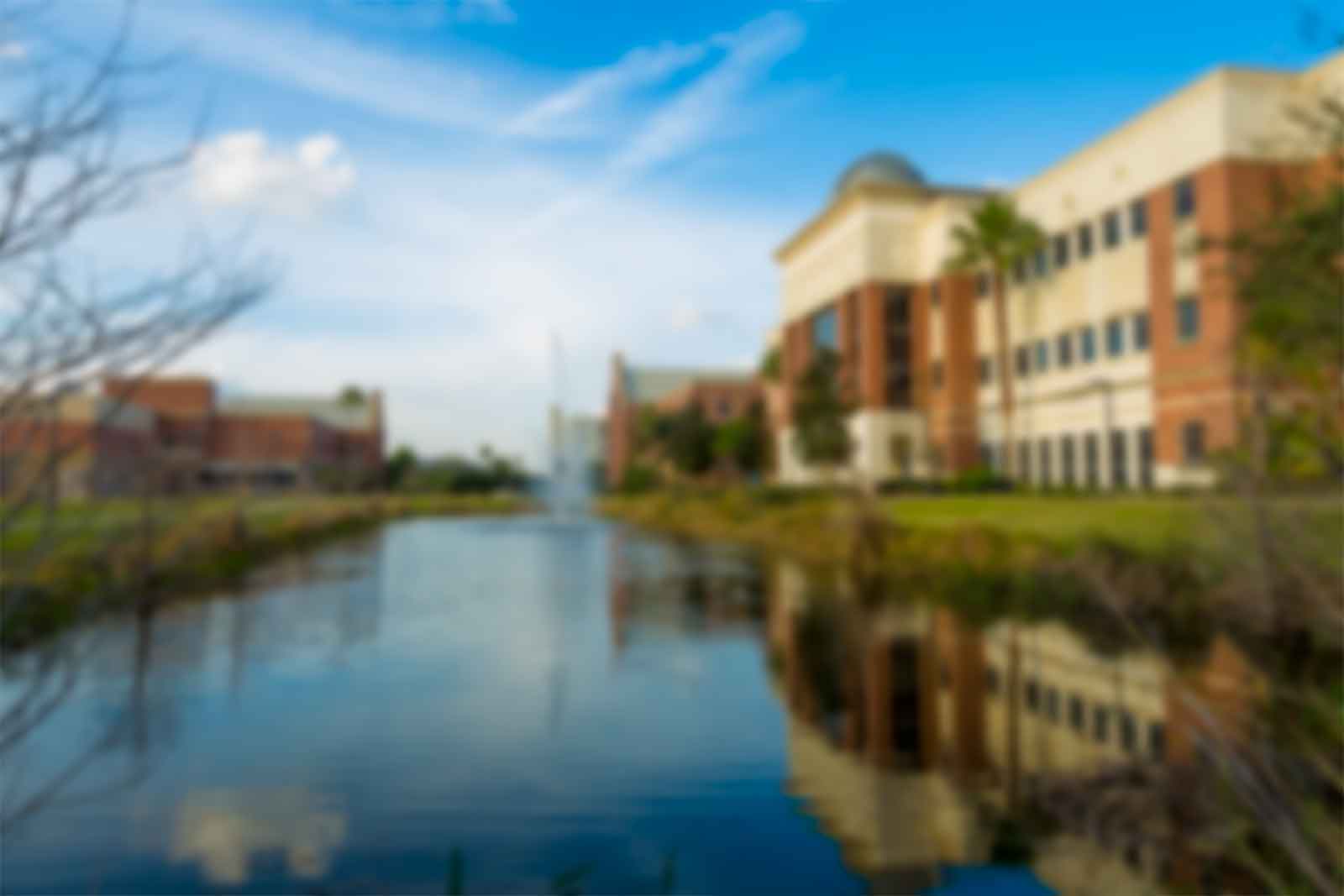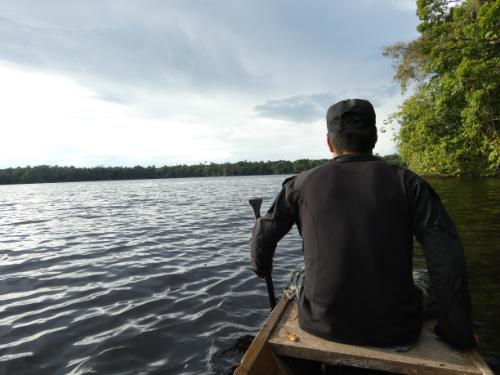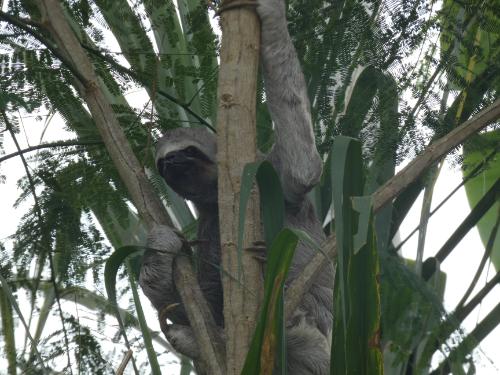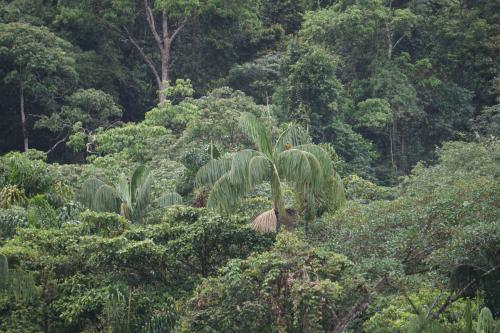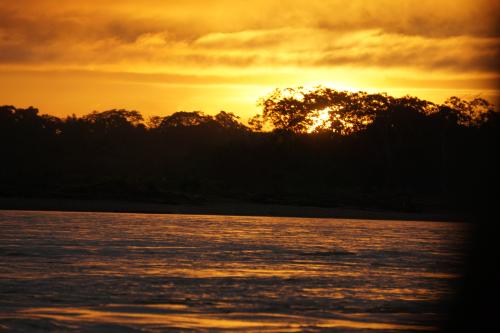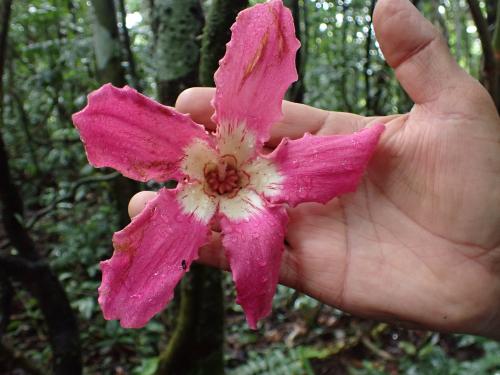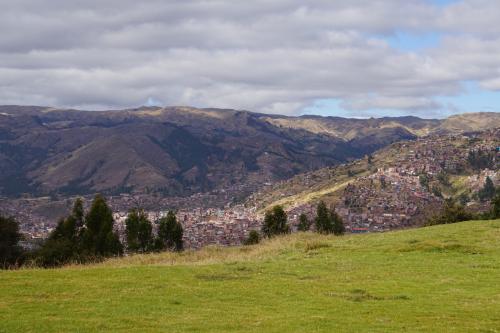2023
March
We visited two lakes near the confluence of the Amazon and Napo rivers near Iquitos, Peru. We collected sediment cores from the middle of the lakes, soil cores in terra firme forest near each lake and conducted drone surveys of the forest at each site.
Boatmen at El Triunfo Lake, near Iquitos-Peru. Sloth observed near El Triunfo Lake.
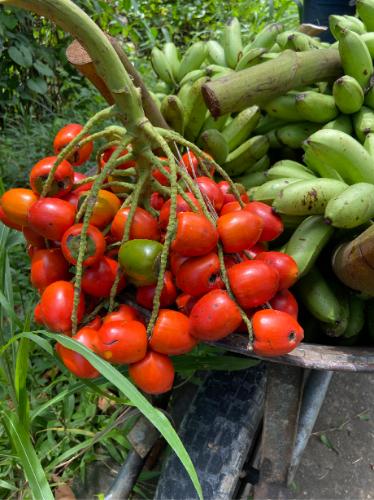
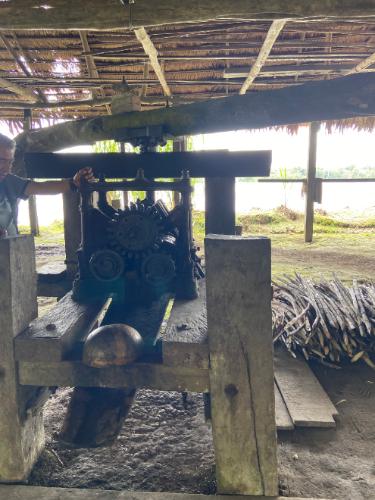
Chontaduro/Peach Palm/Bactris sp. Artisinal rum factory near Iquitos-Peru
Neotropical Archeoecology Course - Ecuador
In July a teaching expedition will take students on a 2-week tropical ecology field class into the Yasuni and Cuyabeno Faunistic reserve areas of northwestern Ecuador.
December
There will be a research expedition to Genovesa and Rocas Bainbridge in the Galapagos Islands. This research will collect sediments, water samples and upload data from and replace batteries in weather stations.
2022
Neotropical Archeoecology Course-Peru
In June 2022 as part of the Neotropical Archaeology course at Florida Institute of Technology, a team of undergrad and grad students as well as Dr. Crystal McMichael, Dr. Mark Bush, and Dr. Richard Aronson traveled to Peru, visited the city of Cusco, the archeological remains of Machu Picchu as well the Amazonian lowland forests.
Upper panel: Amazon canopy and sunset. Bottom panel: Ceiba pentandra flower and the City of Cusco, Peru.

 Give to Florida Tech
Give to Florida Tech 